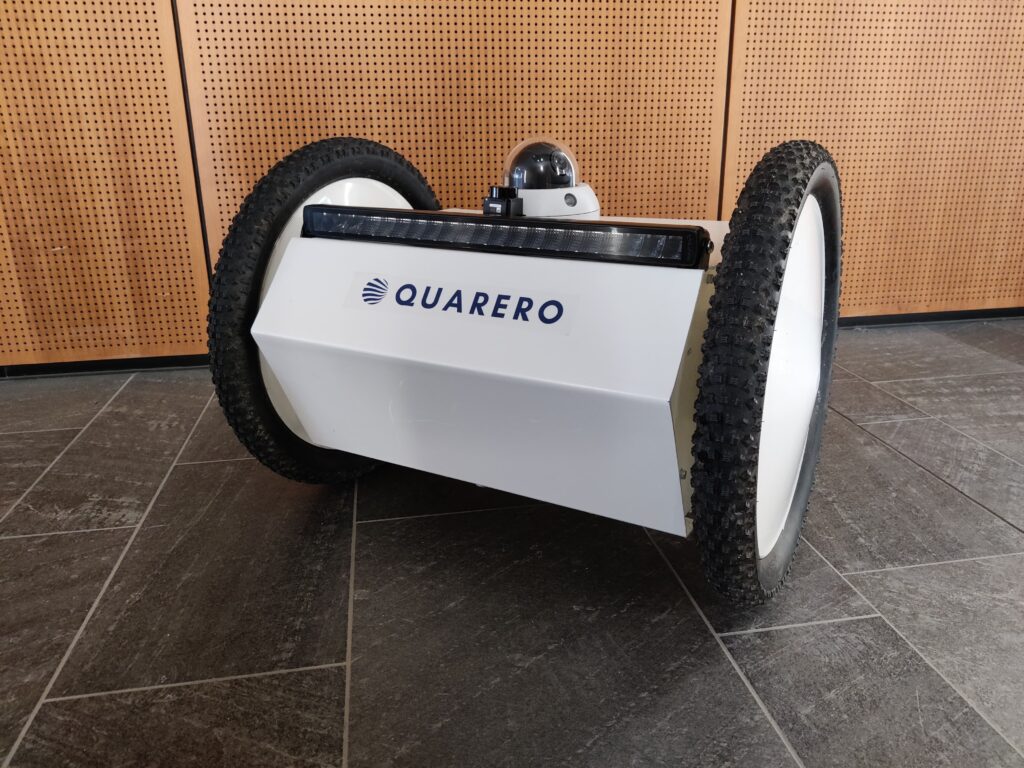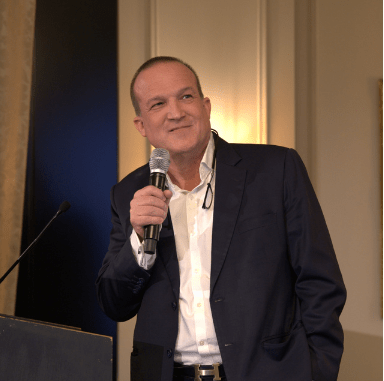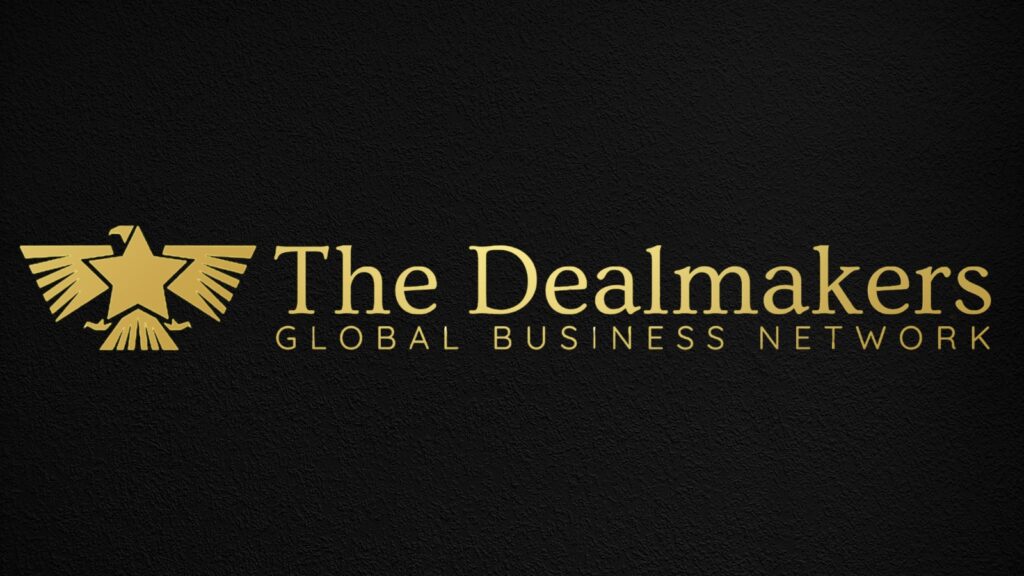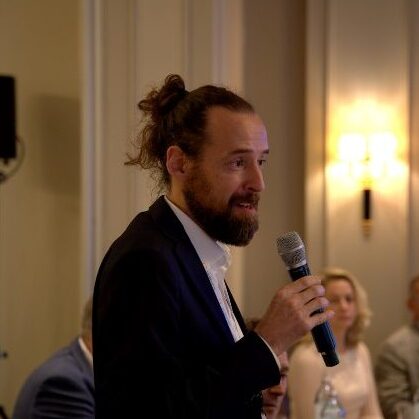Ontario, Canada – January 16, 2025 – In today’s fast-evolving digital landscape, maintaining an agile and dependable IT infrastructure is a constant challenge, especially for data-driven, security-sensitive industries like insurance. A prominent European insurance provider, with a rich history of service, was struggling with legacy IT systems that no longer met the demands of a digital-first, high-speed market. To address this, Taskforce Solutions, a leader in IT consulting and services, partnered with the insurer to modernize its systems, boosting efficiency, scalability, and a customer-centric approach.
Challenges: Overcoming Legacy System Complexities
Years of operation had resulted in a disjointed IT environment filled with outdated systems, isolated databases, and incompatible applications. This fragmentation created operational delays, inefficiencies, and an inability to meet the increasing demands of customers. Policyholders expected faster online access, streamlined claims processing, and smooth digital experiences. However, manual interventions were still needed for many tasks, leading to delays, errors, and rising costs—compromising customer satisfaction and diminishing the company’s position in a competitive market.
Assessment: Pinpointing Critical Issues
Taskforce Solutions began with a comprehensive review of the insurance provider’s IT infrastructure. The audit revealed numerous outdated systems, obsolete server infrastructure, and customer platforms that could not meet modern expectations. It also uncovered siloed data and fragmented processes that were hampering effective decision-making and hindering customer service.
Strategy: A Tailored IT Revamp
To address these issues, Taskforce Solutions developed a multi-phase strategy aimed at improving operational efficiency, customer satisfaction, and cost-effectiveness. The plan included transitioning core systems to a hybrid cloud architecture for scalability, introducing an enterprise-wide integration platform to eliminate data silos, and deploying automation to streamline repetitive tasks and reduce errors.
Automation: A Transformative Step
One of the most impactful changes was the implementation of automation. Taskforce Solutions helped the insurer introduce advanced automation tools to manage tasks like claims processing, policy renewals, and document management. These automated workflows reduced processing times, increased accuracy, and freed up staff to focus on more complex and valuable tasks.
Results: A Modernized IT Landscape
The transformation resulted in tangible improvements. Operational costs dropped due to the efficient hybrid cloud infrastructure, and the IT team was able to handle increased workloads without expanding staff. Customer satisfaction improved as policyholders enjoyed faster service, real-time updates, and smoother interactions. The integration of systems enabled customer service representatives to offer personalized support with a comprehensive view of client data.
Security and Compliance
A critical component of this transformation was ensuring the protection of data and adherence to regulatory requirements. Taskforce Solutions implemented strong security protocols and collaborated with the compliance team to ensure full alignment with industry standards, including GDPR and local regulations.
Conclusion: A Success Story in Digital Transformation
This collaboration between Taskforce Solutions and the insurance provider highlights the success of digital transformation in the insurance sector. By modernizing aging systems, adopting cloud technologies, and leveraging automation, the company regained its competitive edge, significantly enhancing operational performance and customer experience.
About Taskforce Solutions
Headquartered in Ontario, Canada, Taskforce Solutions is a leading Digital-Transformation-as-a-Service, short ‘DTaaS’ provider, serving over 70 global clients from our international development centres. Their clients include some of the most respected companies in the technology, pharmaceuticals, insurance, and many other industries. Taskforce caters to a diverse range of sectors including automotive, billing, customer service, e-commerce and retail, financial and insurance, gaming and entertainment, healthcare, public sector, and SaaS & software. Operating in more than 14 markets worldwide, Taskforce is dedicated to delivering innovative solutions that drive efficiency and growth.
For more information about Taskforce Solutions and our services, please visit our website.
Contact:
Taskforce Solutions Ltd.
2000 Thurston Drive
Bureau 5, Ottawa, Ontario
Canada, K1G 4K7
Legal notice:
PressLink distributes this news content “as is” without express or implied warranties of any kind. PressLink expressly disclaims any liability for the accuracy, content, images, videos, licenses, completeness, legality or reliability of the information presented in this article. Any complaints, copyright issues or concerns regarding this article should be directed to the author.
Note:
This content was not written or endorsed by PressLink and does not reflect the views of PressLink, its advertisers, or affiliates. For inquiries or corrections regarding press releases, please contact PressLink directly.
Affiliated websites include Deutschland Headlines, Austria Report, Swiss Coverage, United States Headline, UK Article, Europress Watch, Iberian Press Hub, Latam Story, Israel News Express, Spain Today News, NY News Report, My Africa Today, Daily Asian Report, Discover India Hub, Washington Report Daily, Middle East News Daily, Auto Update Hub, Business News Ventures, Daily Financial Report, The Capital Reports, The Investors Channel, Industrial Pulse News, The Manager Magazine, The Innovation News, Robotics Edition, Green Impact News, Education Press News, Healthcare Pulse News, Real Estate News Report, Tourism Trends Today, etc.










